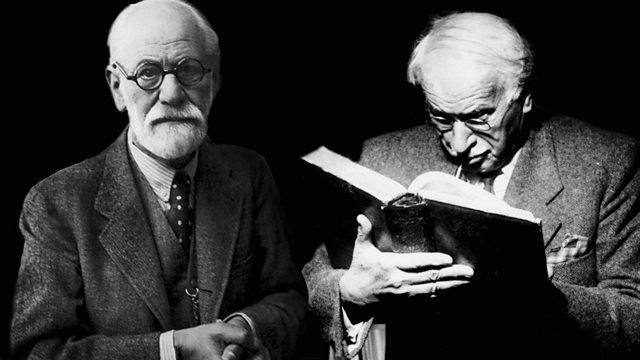Carl Jung and Sigmund Freud were both prominent figures in the field of psychology, particularly in the realm of psychoanalysis. While they shared some common ground, their approaches to understanding the human psyche differed significantly, leading to the establishment of distinct psychiatric schools of thought. Here are some key differences between the Jungian and Freudian schools:
- Theory of the Unconscious:
- Freudian: Freud conceptualized the unconscious as the primary driving force behind human behaviour, where repressed desires, memories, and unresolved conflicts reside. He believed exploring and bringing unconscious thoughts and emotions into conscious awareness was essential for psychological healing.
- Jungian: Jung also acknowledged the importance of the unconscious but expanded Freud’s concept to include not only personal unconscious material but also a collective unconscious shared by all humanity. Jung’s collective unconscious contains archetypes—universal symbols and patterns inherited from ancestral experiences—that influence human behaviour and personality development.
- Focus on Sexuality:
- Freudian: Freud placed significant emphasis on the role of sexuality, particularly in the formation of personality and psychological disturbances. He proposed that stages of psychosexual development, such as the oral, anal, phallic, latent, and genital stages, shape an individual’s personality and behavior.
- Jungian: While Jung acknowledged the role of sexuality, he did not consider it the sole or primary determinant of human behavior. Instead, he emphasized the importance of spiritual and transcendent elements in the psyche, such as the quest for meaning and individuation—the process of integrating conscious and unconscious aspects of the self.
- Structure of Personality:
- Freudian: Freud divided the psyche into three parts: the id, ego, and superego. The id operates on the pleasure principle, seeking immediate gratification of primal desires. The ego mediates between the id, superego, and external reality, while the superego represents internalized societal norms and moral values.
- Jungian: Jung proposed a more complex model of personality, consisting of the ego, personal unconscious, and collective unconscious. He also introduced the concepts of persona (the social mask), anima/animus (contrasexual aspects), and the shadow (the repressed and inferior aspects of the self), which contribute to individuality and psychological development.
- Approach to Therapy:
- Freudian: Freud developed psychoanalysis, a method of therapy aimed at uncovering and resolving unconscious conflicts through techniques such as free association, dream analysis, and transference interpretation.
- Jungian: Jungian therapy, often referred to as analytical psychology, shares some techniques with psychoanalysis but places greater emphasis on exploring the symbolic meanings of dreams, fantasies, and creative expressions. It also focuses on facilitating individuation and fostering a conscious relationship with the archetypal elements of the psyche.
In summary, while both Freud and Jung made significant contributions to the field of psychiatry and psychotherapy, they diverged in their conceptualizations of the unconscious, the role of sexuality, the structure of personality, and the approach to therapy. These differences gave rise to two distinct psychiatric schools that continue to influence contemporary psychology and counselling practices.



Recent Comments